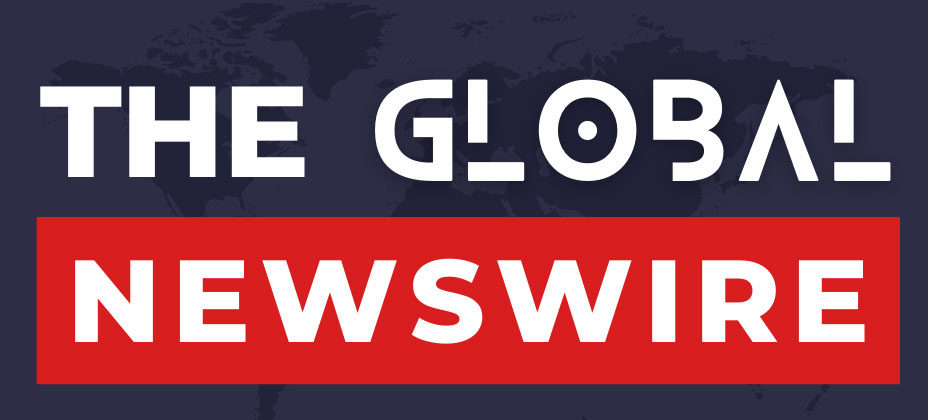As China’s trade war with the US intensified, the government increased its support for the economy, pushing its four-month budget deficit to a record high.
Based on statistics given by the Finance Ministry on Tuesday, Bloomberg calculated that the wide deficit hit 2.65 trillion yuan ($367 billion) in January-April, the highest amount ever for the period. Compared to a year ago, the deficit increased by almost 50%.
It is the most convincing proof to far that Beijing has stepped up its efforts to use this year’s budgetary stimulus to assist the economy withstand shocks from the outside world.
Prior to the two nations reaching a truce earlier this month, US tariffs on the majority of Chinese imports increased to an extraordinarily high level of 145% in April.
In contrast to incomes that were stabilising, expenditures skyrocketed. After a far greater loss in the first quarter, total income in China’s two major fiscal books fell by just 1.3% year-over-year to 9.32 trillion yuan in January-April.
According to estimates by analysts at Goldman Sachs Group Inc., tax revenue increased 1.9% in April compared to the same month last year after declining 2.2%. The experts primarily credited the gain to the strength of individual income tax collections.
According to the figures, total spending increased 7.2% to 11.97 trillion yuan between January and April. That figure combines spending in the general budget, which covers primarily ordinary expenses, with spending in the government fund budget, which is more focused on capital investment projects.
The general budget’s fastest-growing area was interest payments on debt, which increased 11% annually. Spending on education, social security, and employment—which may have aided workers at risk from the trade war—came next.
At both the federal and municipal levels, expenditure growth was significantly greater than in the first quarter, which is probably an indication of increased spending on infrastructure and other projects supported by the issuing of government bonds. In the first four months, central authorities’ spending in the fund budget increased by 75% compared to the same period last year, while provincial governments’ spending increased by 16.6%.
